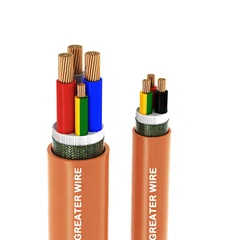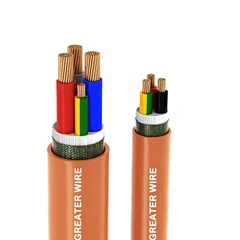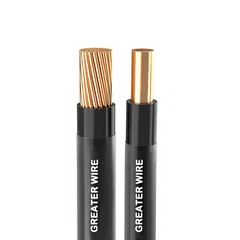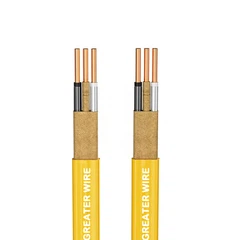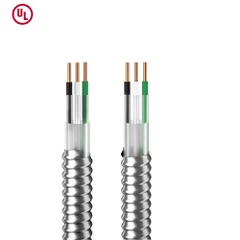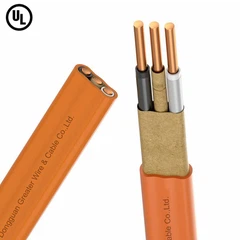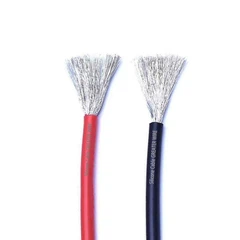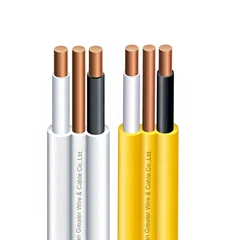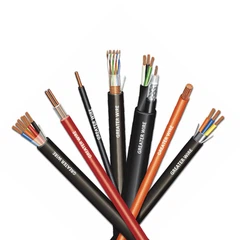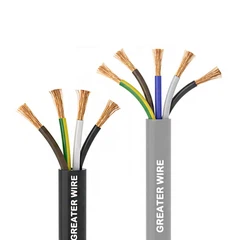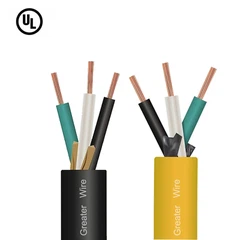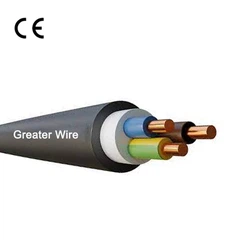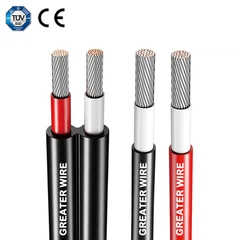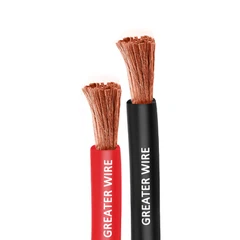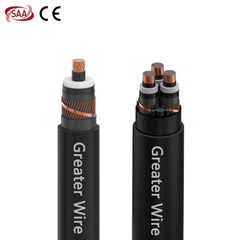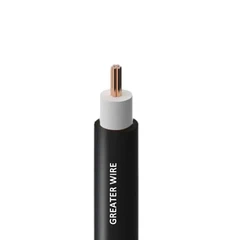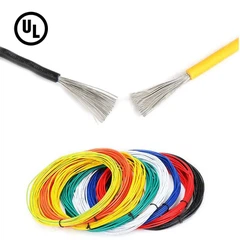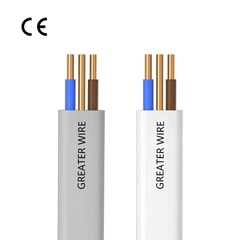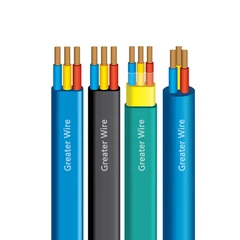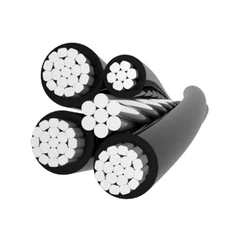In Australia's electrical system, TPS cable is a common and widely used cable type. TPS cable is particularly suitable for power transmission in home, commercial and industrial environments due to its flexibility, durability and safety. With the increasing power demand of electrical equipment and the complexity of electrical systems, different specifications of TPS cable have also been widely used, especially in common specifications such as 1.5 mm TPS cable, TPS 2.5 mm and 2.5 mm 2C E TPS cable. These cables are widely used in the Australian market and are selected according to different uses and needs. This article will introduce the characteristics, application scope and advantages of these common specifications of TPS cables in detail.
1. What is TPS cable?
TPS cable (Thermoplastic Sheathed Cable) is a cable with an outer sheath made of thermoplastic material, which is commonly used in home and commercial electrical systems. Compared with traditional PVC cables, TPS cables have better flexibility and wear resistance and are suitable for use in a variety of environments. The outer sheath of TPS cable provides protection for the inner conductor of the cable, avoiding external damage, moisture, chemical corrosion and other problems.
Common TPS cable specifications in the Australian market include different conductor cross-sections, such as 1.5 mm TPS cable, 2.5 mm TPS cable, and 2.5 mm 2C E TPS cable with dual cores. Each specification of TPS cable has its own unique application occasions and characteristics, which can meet the needs of different electrical loads and environments.
2. 1.5 mm TPS cable
1.5 mm TPS cable is one of the most common specifications in Australian home electrical systems. It is usually used for electrical applications with lighter loads, such as lighting circuits, small appliances, and low-power socket circuits. The following are some key features and applications of 1.5 mm TPS cable:
2.1 Features of 1.5 mm TPS cable
Current carrying capacity: The conductor cross-section of 1.5 mm TPS cable is smaller, so its maximum carrying current is 10 to 13 amperes, which is suitable for devices with lower power.
High flexibility: Due to the thermoplastic material used in the outer sheath, 1.5 mm TPS cable has good flexibility, which is easy to install and wire, especially suitable for places with small space or frequent bending.
Strong wear resistance: The thermoplastic outer sheath makes the cable more wear-resistant and can cope with wear and collision in daily use.
2.2 Application of 1.5 mm TPS cable
Home lighting circuit: Due to its lower current carrying capacity, 1.5 mm TPS cable is a common cable type in home lighting circuits.
Low-power home appliances: Access cables for low-power devices such as small electric fans, table lamps, and televisions.
Socket circuit: Suitable for sockets carrying light load currents, especially in environments where high-power devices are not required.
3. 2.5 mm TPS cable
The conductor cross-section of 2.5 mm TPS cable is larger than that of 1.5 mm TPS cable, and it can carry more current. It is suitable for high-power electrical equipment and electrical systems with greater loads. The following are the characteristics and applications of 2.5 mm TPS cable:
3.1 Characteristics of 2.5 mm TPS cable
Current carrying capacity: The maximum current carrying capacity of 2.5 mm TPS cable is 16 to 20 amperes, which is suitable for medium and high-power electrical equipment, such as air conditioners, electric water heaters and other high-power home appliances.
Enhanced heat resistance: Compared with 1.5 mm cable, 2.5 mm TPS cable has stronger heat resistance and higher voltage bearing capacity, and can handle higher loads.
Strong corrosion resistance: The outer sheath material has been optimized, making 2.5 mm TPS cable more adaptable to the environment, especially in environments with high humidity and severe chemical corrosion.
3.2 Application of 2.5 mm TPS cable
High-power home appliances: such as air conditioners, water heaters, refrigerators and other equipment that require large currents.
Kitchen and bathroom circuits: Due to the high humidity in these areas, 2.5 mm TPS cables are often used for power wiring in kitchens and bathrooms due to their strong durability and moisture resistance.
Industrial electrical systems: Suitable for wiring needs in medium-sized electrical equipment and power distribution systems.
4. 2.5 mm 2C E TPS cable
2.5 mm 2C E TPS cable is a cable with dual cores, suitable for circuits that require two conductors, such as dual switch control, socket circuits, etc. Compared with ordinary single-core cables, it has higher flexibility and adaptability, and is particularly suitable for multi-functional needs in home and commercial electrical installations. The following are its characteristics and applications:
4.1 Features of 2.5 mm 2C E TPS Cable
Dual-core design: 2.5 mm 2C E TPS cable contains two conductors and is usually used in electrical installations that require two independent circuits, such as double-control switches.
Current carrying capacity: Similar to 2.5 mm TPS cable, 2.5 mm 2C E TPS cable also has a strong current carrying capacity and is suitable for current loads of 16 to 20 amps.
Flexibility and adaptability: Due to its dual-core design, 2.5 mm 2C E TPS cable provides more options for electrical control and connection.
4.2 Applications of 2.5 mm 2C E TPS Cable
Dual switch circuit: Suitable for lamps, fans and other equipment that require dual switch control in the home.
Socket circuit: Used for electrical equipment socket circuits, especially sockets that require independent control.
Multi-function electrical system: Suitable for applications that require multi-circuit control in home and commercial environments.
5. How to choose the appropriate TPS cable specifications?
When choosing TPS cables, the most important thing is to choose the appropriate specifications according to the actual load requirements and installation environment. Here are some suggestions for choosing 1.5 mm TPS cables, 2.5 mm TPS cables, and 2.5 mm 2C E TPS cables:
5.1 Applicable occasions for 1.5 mm TPS cables
Applicable to light-load circuits: such as home lighting, low-power appliances, etc.
Applicable to environments with small space or flexible wiring: such as small apartments, offices, etc.
5.2 Applicable occasions for 2.5 mm TPS cables
Applicable to high-power appliances and electrical equipment with high power demand: such as air conditioners, water heaters, etc.
Applicable to humid environments or high-load electrical systems: such as kitchens, bathrooms, etc.
5.3 Applicable occasions for 2.5 mm 2C E TPS cables
Applicable to circuits that require double-control switches: such as lamps, fans, etc.
Applicable to multi-function sockets and electrical equipment control: such as equipment that requires independent circuit control.

